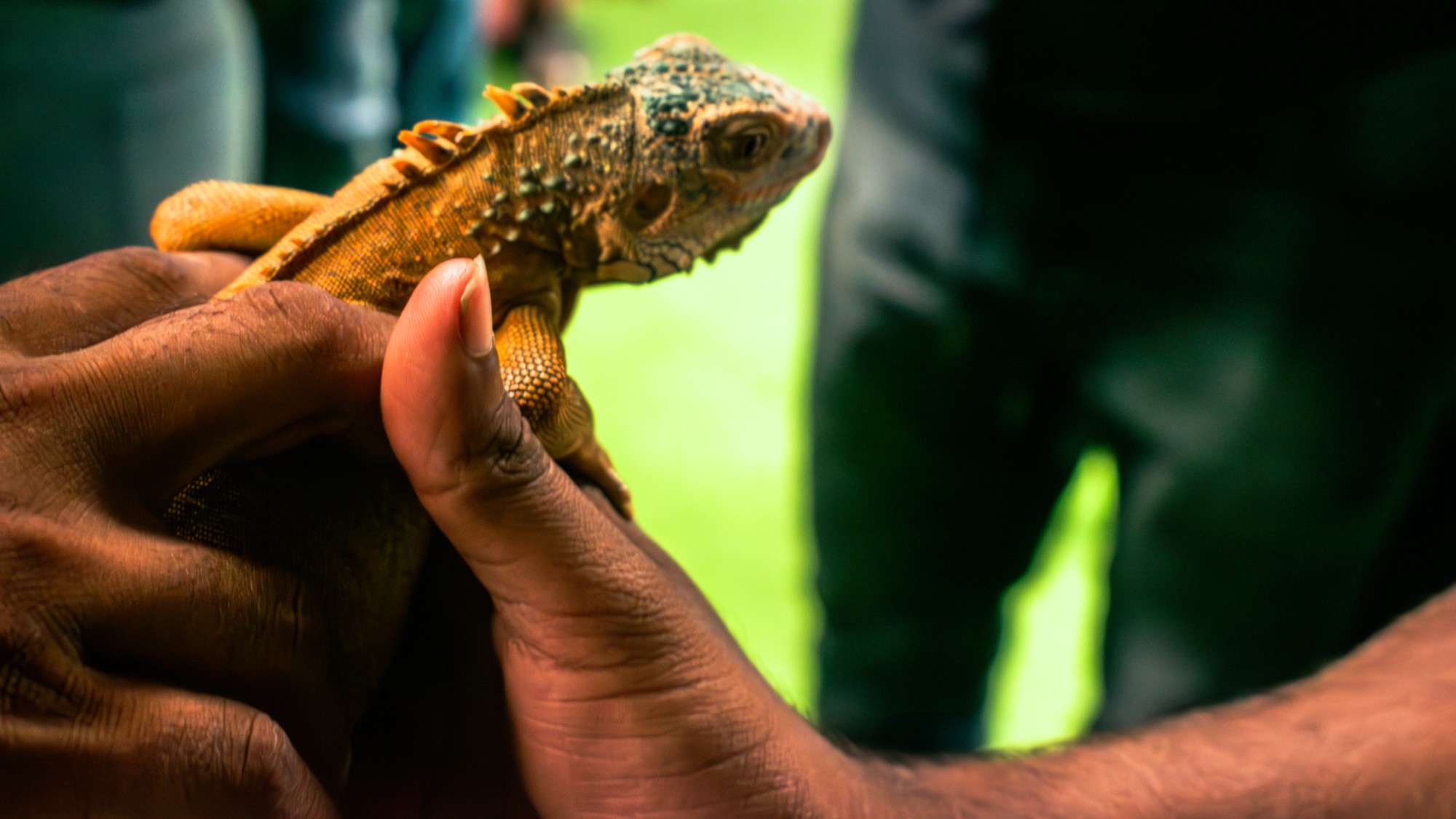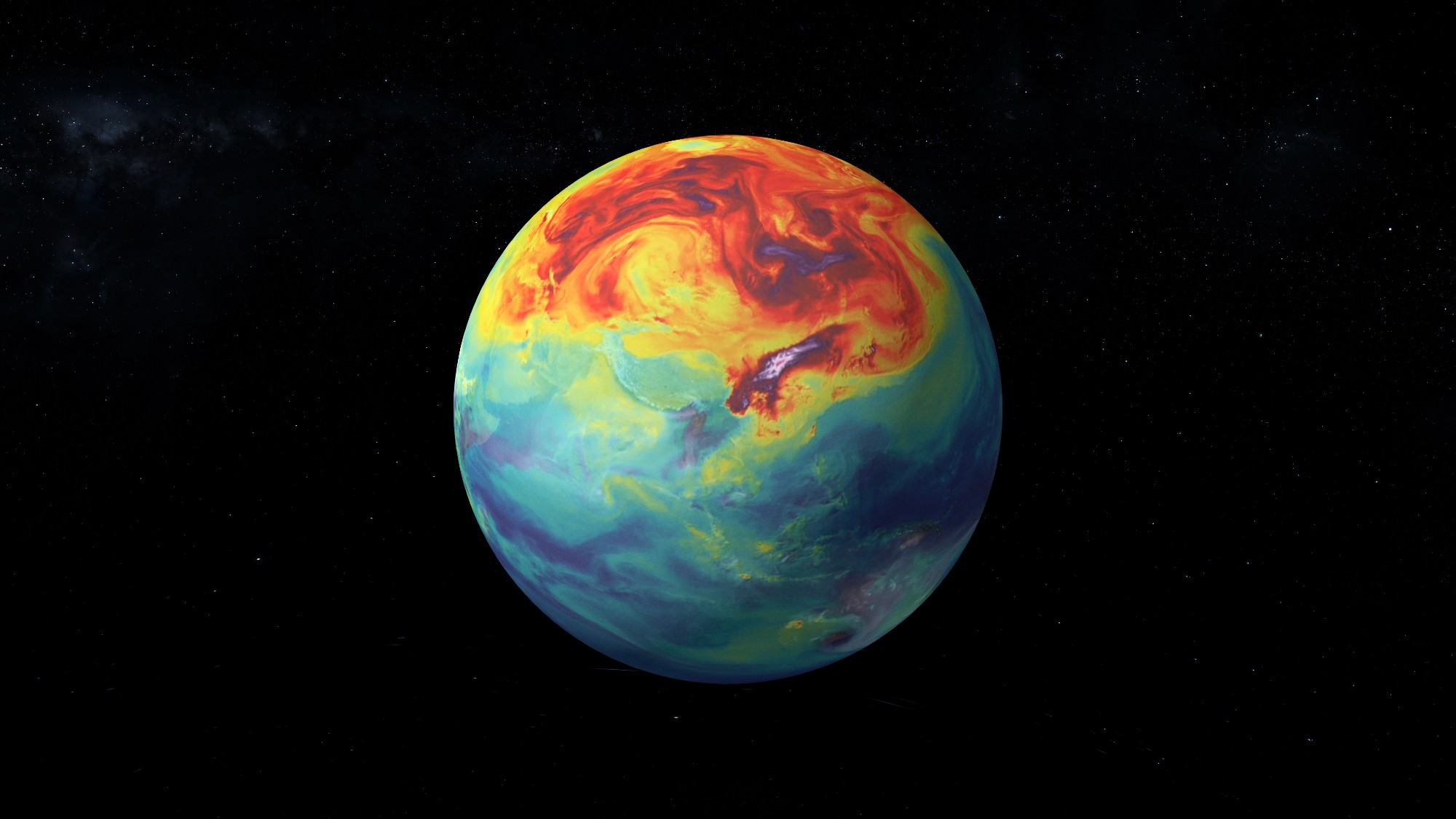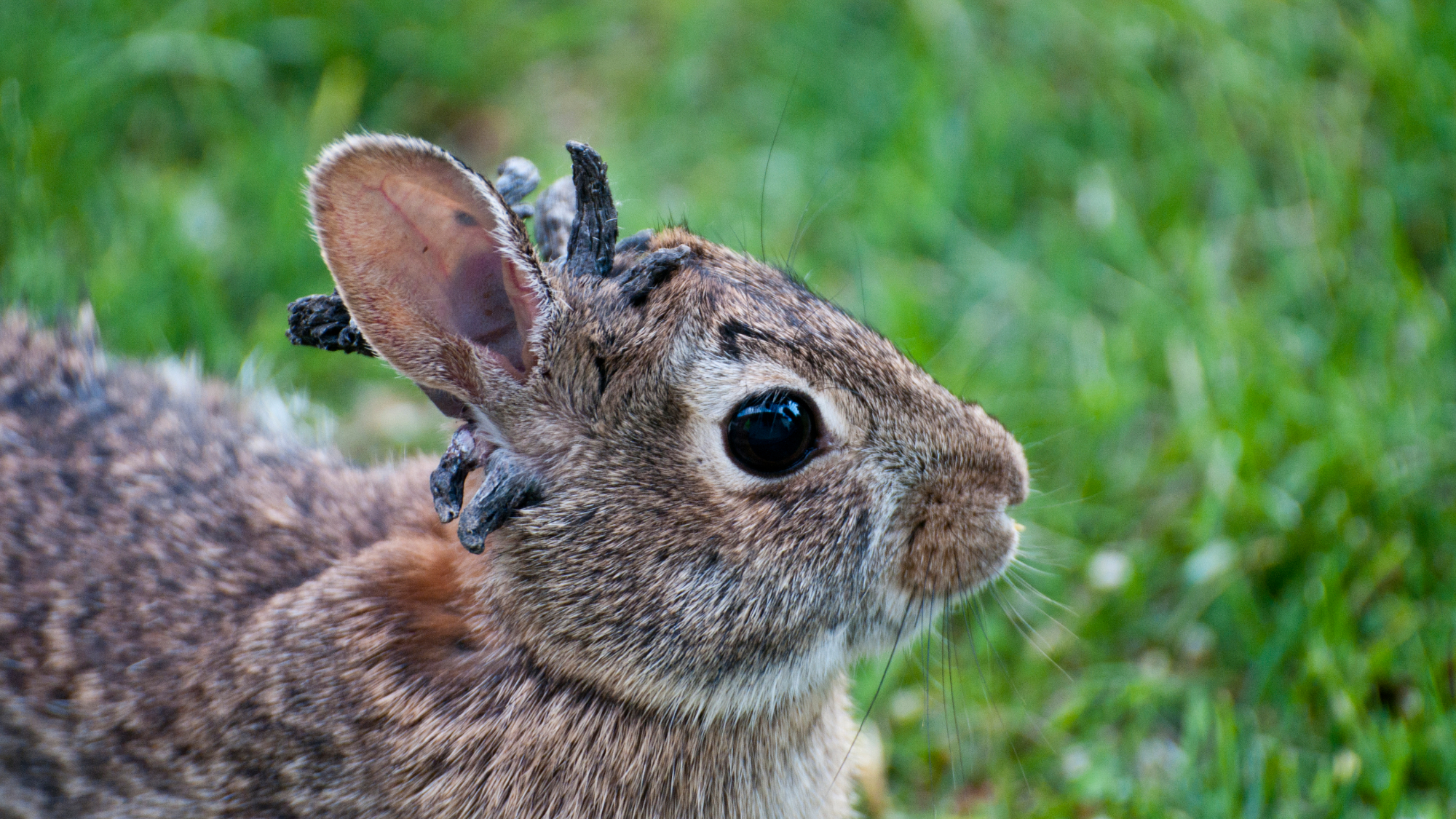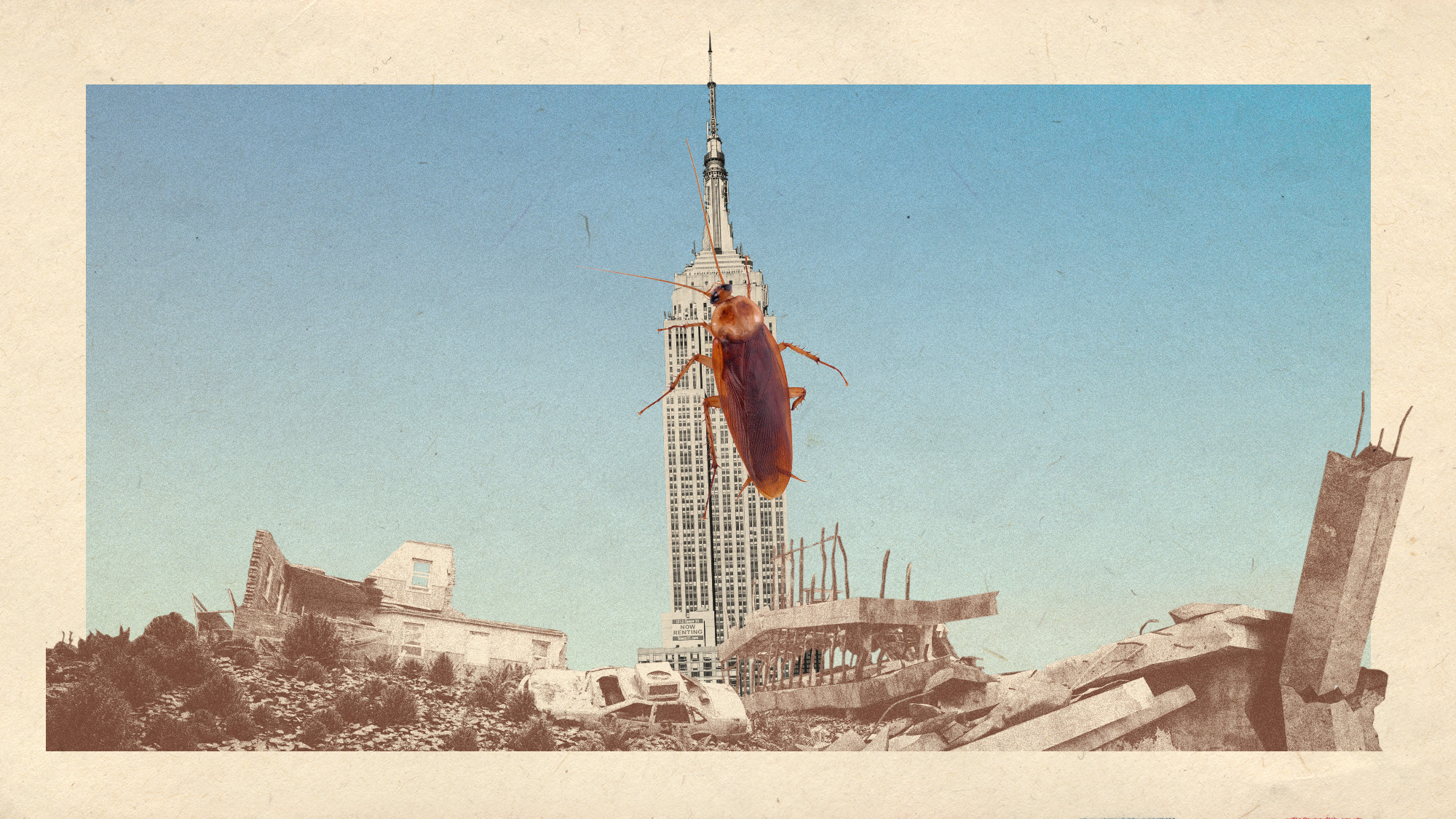The difficult job of defining a species
Though taxonomy is hundreds of years old, scientists are still striving to create a universal and easily understood system

Taxonomy, or the naming of species, is surprisingly complicated – and contentious. It doesn't take much scientific expertise to divide lions from tigers, or pigeons from flamingos, but details count and experts still argue about which classification method is best.
This complicated job dates back hundreds of years, and each method used is imperfect. Scientific groups "are now coming together to establish guidelines for how species should be named and ordered across the tree of life and how to handle disputes when they arise", said Live Science.
How do scientists define a species?
Though certainly not the first to contemplate species classification, Swedish biologist Carl Linnaeus established the first official system of taxonomy in 1735. Based on visual differences between plants and animals, Linnaeus's system was revolutionary, but didn't prove resilient as technology and thought continued to develop.
The Week
Escape your echo chamber. Get the facts behind the news, plus analysis from multiple perspectives.

Sign up for The Week's Free Newsletters
From our morning news briefing to a weekly Good News Newsletter, get the best of The Week delivered directly to your inbox.
From our morning news briefing to a weekly Good News Newsletter, get the best of The Week delivered directly to your inbox.
More than two centuries later, in 1942, German-American biologist Ernst Mayr devised the biological species concept, a system of classification based on organisms' ability to reproduce with one another – one that is still in use today.
But scientists still can't seem to agree on a universal definition for species. According to a study published in the journal Current Biology in 2021, scientists use at least 16 different "species concepts", dividing plants and animals into groups based on a wide range of factors.
Each definition comes with caveats and complications, too, meaning that no single definition covers every scenario – a headache for scientists and conservationists alike. Biologists are still introducing new ideas, some of which lean into taxonomy's inherent uncertainty.
Despite this ongoing work, support for a universal system has grown stronger. In 2020, a group of researchers came together to compile 10 "principles for creating a single authoritative list of the world's species", published in the journal PLOS Biology, which cover everything from global diversity to contributor recognition. A corresponding survey of thousands of taxonomists from across the world revealed that 77% were in favour of adopting a universal system, too.
A free daily email with the biggest news stories of the day – and the best features from TheWeek.com
Groups such as Catalogue of Life are proof of progress. The mission of this international collaboration is to "construct an integrated view of currently accepted species across all taxonomic groups".
How much do names matter?
Names allow scientists to more easily catalogue and speak about new species – tens of thousands of which are discovered each year, said Atlas Obscura. They also allow us to better understand how and why organisms evolve.
Plus, as climate change continues to threaten biodiversity, taxonomy helps conservationists identify species in danger and act accordingly. By setting clear parameters and taking population counts, scientists lay the groundwork for species-saving conservation work.
But as a controversial paper published in the journal Nature in 2017 by taxonomists Les Christidis and Stephen T. Garnett outlined, "taxonomy anarchy", or the near-constant proliferation of newly named species, can sometimes make conservation more complicated. A near-constant stream of new species makes allocating teams and resources quite difficult.
The team faced considerable backlash for their ideas at publication, but Christidis told Live Science that he wasn't advocating for the elimination of taxonomy altogether. Like many others, his goal was merely to encourage a more organised framework for classification.
On the other hand, some scientists say we aren't naming species quickly enough. If species are going extinct before taxonomists are able to agree on a classification, what's the point?
Why are giraffes central to the debate?
Giraffes have been officially considered a single species since Linnaeus named them Giraffa camelopardalis in the 18th century. But more recent genetic research suggests that the giraffe as we know it may be split into four distinct species, mainly delineated by the regions in which they live.
The giraffe is already considered a "threatened" species – a less dire classification than "endangered", but one that signals conservation work is necessary. If the giraffe is now split into four species, that means each population is much smaller than scientists once thought. Because the species are split by region, a weather event or disease outbreak could easily make an already small population plummet.
Stephanie Fennessy, executive director of the Giraffe Conservation Foundation, told The New York Times that if one of these species – the northern giraffe – were a separate species, it would be "one of the most threatened large mammals in the world".
Scientists are left to grapple with how classifications like these change and intensify conservation work. Without a more streamlined system for defining species, many conservation efforts may unknowingly be doing too little, too late.
-
 Farage’s £9m windfall: will it smooth his path to power?
Farage’s £9m windfall: will it smooth his path to power?In Depth The record donation has come amidst rumours of collaboration with the Conservatives and allegations of racism in Farage's school days
-
 The issue dividing Israel: ultra-Orthodox draft dodgers
The issue dividing Israel: ultra-Orthodox draft dodgersIn the Spotlight A new bill has solidified the community’s ‘draft evasion’ stance, with this issue becoming the country’s ‘greatest internal security threat’
-
 Codeword: December 13, 2025
Codeword: December 13, 2025The daily codeword puzzle from The Week
-
 5 recent breakthroughs in biology
5 recent breakthroughs in biologyIn depth From ancient bacteria, to modern cures, to future research
-
 Africa could become the next frontier for space programs
Africa could become the next frontier for space programsThe Explainer China and the US are both working on space applications for Africa
-
 Parthenogenesis: the miracle of 'virgin births' in the animal kingdom
Parthenogenesis: the miracle of 'virgin births' in the animal kingdomThe Explainer Asexual reproduction, in which females reproduce without males by cloning themselves, has been documented in multiple species
-
 NASA is moving away from tracking climate change
NASA is moving away from tracking climate changeThe Explainer Climate missions could be going dark
-
 A rat infestation is spelling trouble for the almond industry
A rat infestation is spelling trouble for the almond industryThe Explainer The infestation has affected at least 100,000 acres in California
-
 Rabbits with 'horns' sighted across Colorado
Rabbits with 'horns' sighted across Coloradospeed read These creatures are infected with the 'mostly harmless' Shope papilloma virus
-
 'Thriving' ecosystem found 30,000 feet undersea
'Thriving' ecosystem found 30,000 feet underseaSpeed Read Researchers discovered communities of creatures living in frigid, pitch-black waters under high pressure
-
 What would happen to Earth if humans went extinct?
What would happen to Earth if humans went extinct?The Explainer Human extinction could potentially give rise to new species and climates